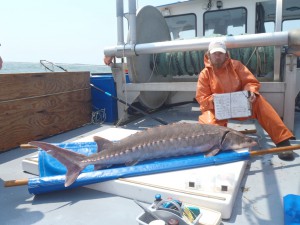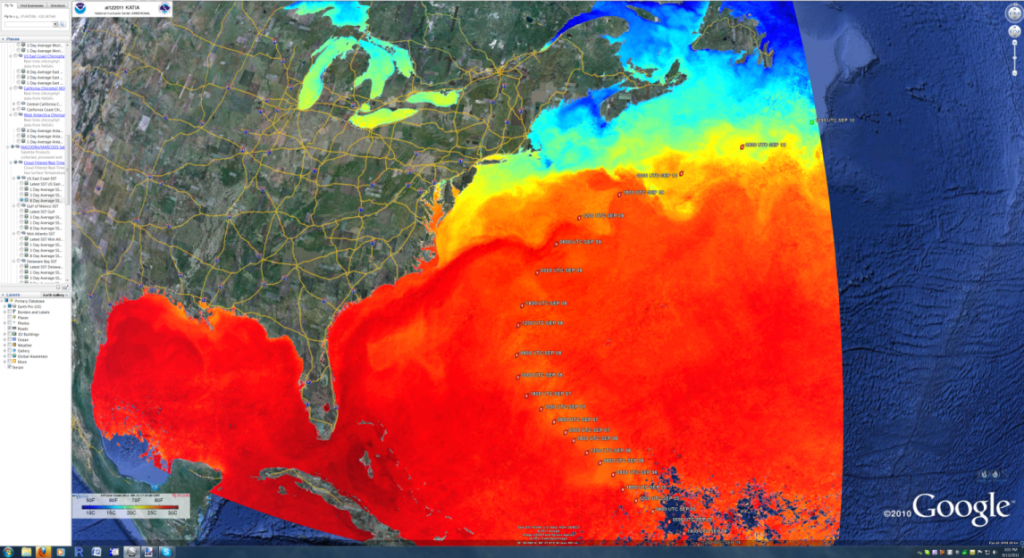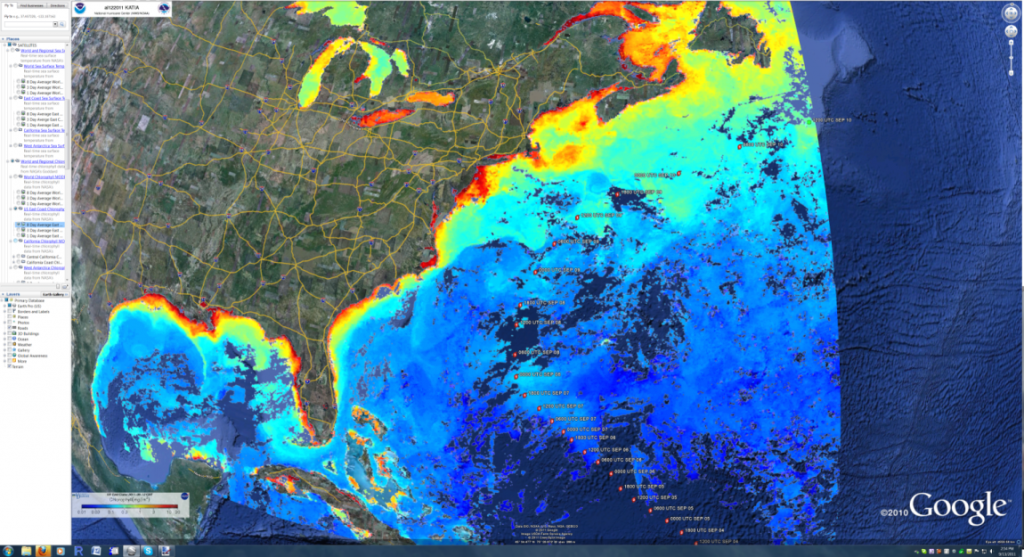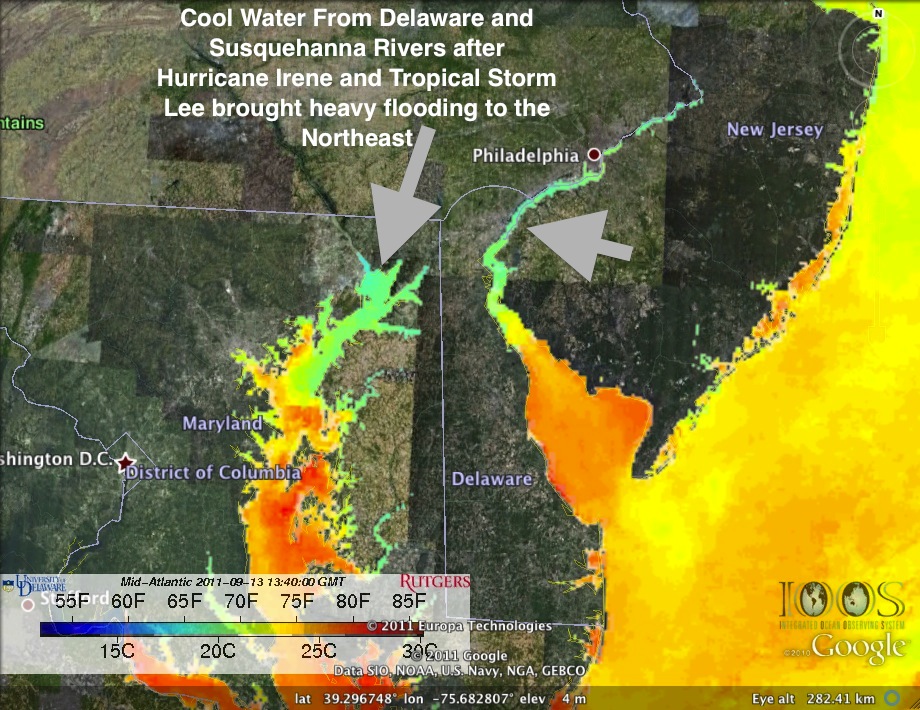Welcome Home Flat Samantha!
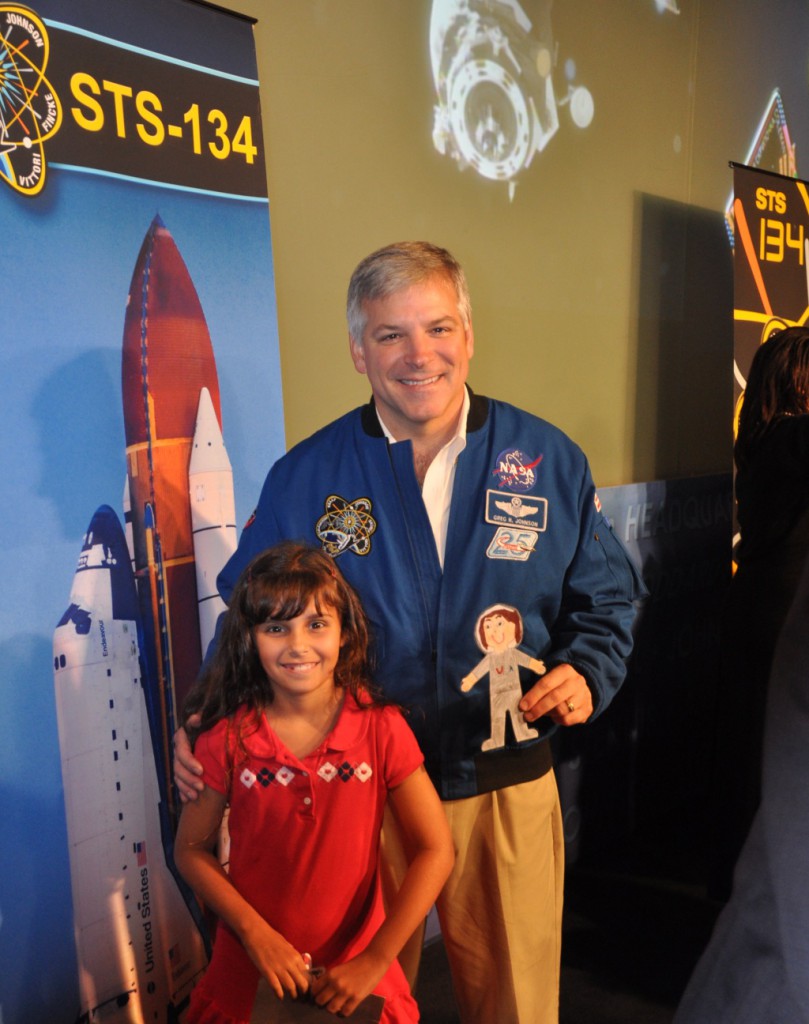
Samanthas and Astronaut Greg Johnson
Everything has finally come full circle and Flat Samantha is once again re-united with her creator Samantha. Calling @FlatSamantha‘s trip a “circle” might be a bit of a misnomer however as she has had a wild adventure over the last couple of months. Her journey started in April when young Samantha found out that I was selected to attend the #NASATweetup for the final launch of the space shuttle Endeavour (#STS134). Samantha (and all the rest of the students in the lab) were disappointed that they couldn’t come with me to watch this historic launch, and Samantha took matters (and scissors and markers) into her own two hands and created a flat adventurer that she named Flat Samantha. She asked me if Flat Samantha could ride with me to the Endeavour launch and go up in the shuttle to the International Space Station. I would have loved to say “yes” but I had to inform Samantha that time was too short and that I could only take her down to watch the shuttle launch, but that I would take lots of pictures of her during this adventure and let her share them via a Twitter account that was set up for her (after all, she was going down to a NASATweetup – how’s a girl to tweet if she doesn’t have an account ;?).
I emailed Stephanie Schierholz that I would like to bring along another #NASATweetup attendee and that she wouldn’t take up any extra space. Without batting an eye Ms. Schierholz said “no problem, I’ll have a #NASATweetup badge waiting for her as well”.
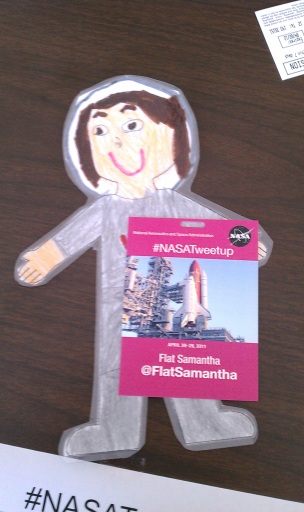
FlatSamantha STS134 NASATWeetup Badge
The original launch date for the shuttle was adjusted forward as there was a conflict between when the Endeavour would be at the ISS and when the Soyuz 25S capsule would be there with some time sensitive experiments. It just so happened that the new launch date fell during my sons spring break period at school, so we scheduled a family vacation to Orlando prior to the launch and had a blast sharing the road trip down and the theme park adventures with Flat Samantha prior to the new launch date. I took her over to the Kennedy Space Center for the #STS134 #NASATweetup where we enjoyed the many presentations that the fine people at NASA had arranged for us on day #1 and then came back for what ended up being a scrubbed launch on day #2 (see: “STS-134 NASATweetup is only half over“).
We sat in the tent waiting for the hundreds of thousands of other disappointed spectators that were parked outside the Kennedy Space Center to head home after the launch scrub, knowing that it would be a couple of hours at least before the roads would be passable. As we chatted amongst ourselves, I started talking with Beth Beck and she asked me about the back story on my flat companion. I told her about Samantha and how she would like to have seen Flat Samantha go into space and that I could only promise to get her to the NASATweetup event to watch the launch. Ms. Beck said that since the launch was scrubbed, that there might be a possibility to fulfill Samantha’s wishes and that she would get back to me. Sure enough, a few days later I got an email from her saying that one of the astronauts – Gregory Johnson (aka @Astro_Box) said that he would do what he could to get @FlatSamantha into space. True to his word, we received a picture from space of one @FlatSamantha in the cupola of the International Space Station.
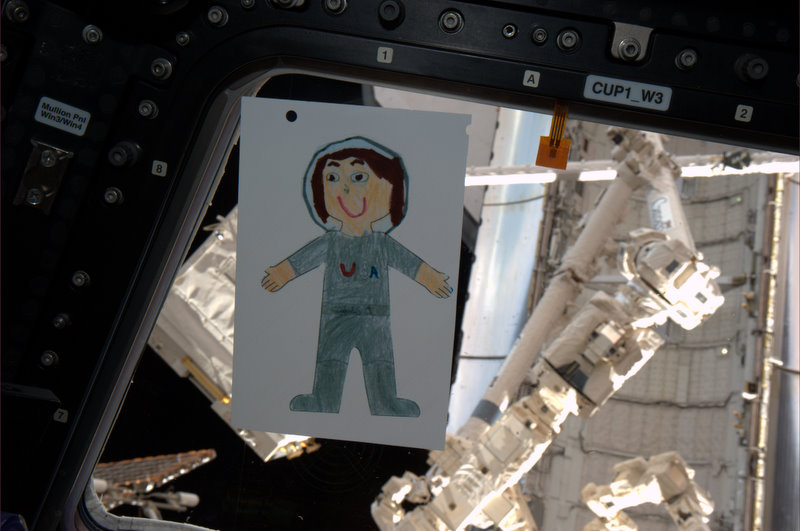
Flat Samantha in the ISS Cupola (photo by Gregory Johnson)
Upon the Endeavour’s return, Flat Samantha was escorted to a couple of other NASA Tweetup events including the #NASATweetup for the Sophia Telescope, the @NASAJPL Tweetup by @Schierholz and even the historic landing of the space shuttle Atlantis #STS135 with @BethBeck. Being flat and portable makes it much easier to get invited to some pretty awesome events it seems.
The title of this post is “NASATweetup Mission Accomplished” because the journey home to creator Samantha was accomplished this past week. The journey home was not via a FedEx envelope or the like, however. Flat Samantha was escorted home and hand-delivered by none other than astronaut Gregory Johnson while he was on the east coast giving a mission debriefing to NASA empoyees at NASA HQ in DC. Samantha, her parents and myself were invited to attend the debriefing and to meet with @Astro_Box for some photos following the debriefing by the ever awesome Beth Beck. When the University of Delaware’s ORB Lab students (who were anxiously following @FlatSamantha’s adventure) found out about the trip, they asked if they could come too. I asked Ms. Beck whether that was possible and not only did she say “yes” but she provided the entire group with reserved up-front seating for the debrief!
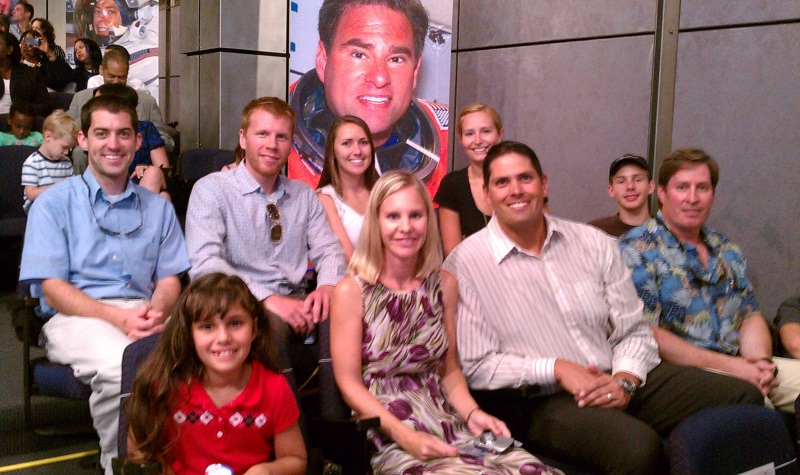
NASA HQ Debrief (photo by Beth Beck)
I want to give a heart-felt thank you to Stephanie Schierholz and Beth Beck for allowing us all to join @FlatSamantha in her whirlwind adventure, both via Twitter and in person. I would also like to thank Gregory Johnson for making not only one little girls wish come true by bringing her flat proxy into space, but for also taking time out of his incredibly busy schedule to bring that excitement to our small group of students and the rest of the world. The employees and representatives of NASA embody the compassion, the “can do” attitude and the educational and outreach expertise that the rest of us should pay close attention to. We are all honored to have been included in these adventures and their memories that we will carry with us for a lifetime. Rocket On NASA!
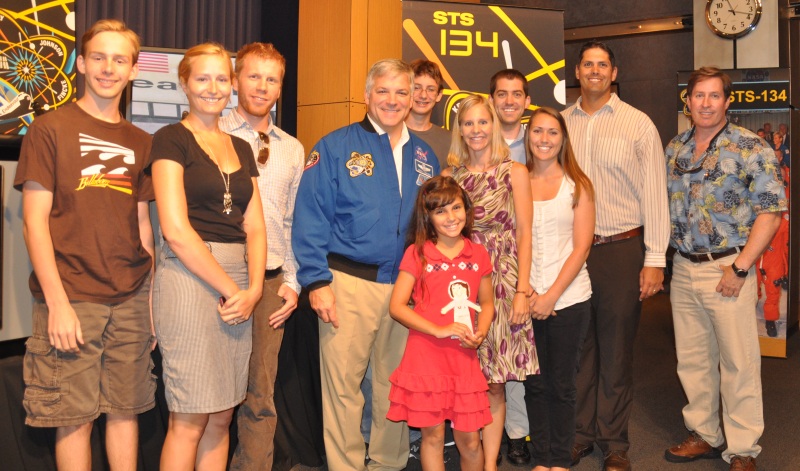
Group Photo with Greg Johnson and Flat Samantha (photo by Beth Beck)
PS – All of the Flat Samantha #STS134 #NASATweetup adventure photos have been uploaded to the Flat Samantha Ocean Bytes media gallery – enjoy!

